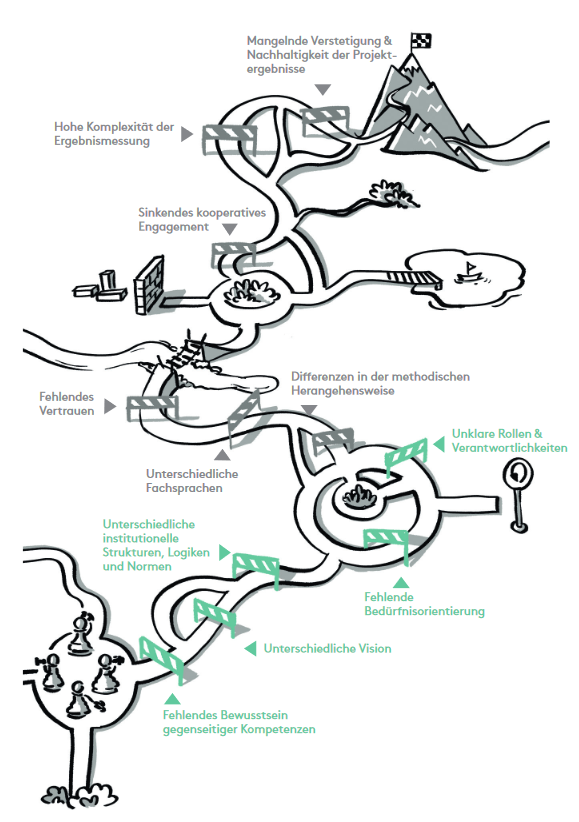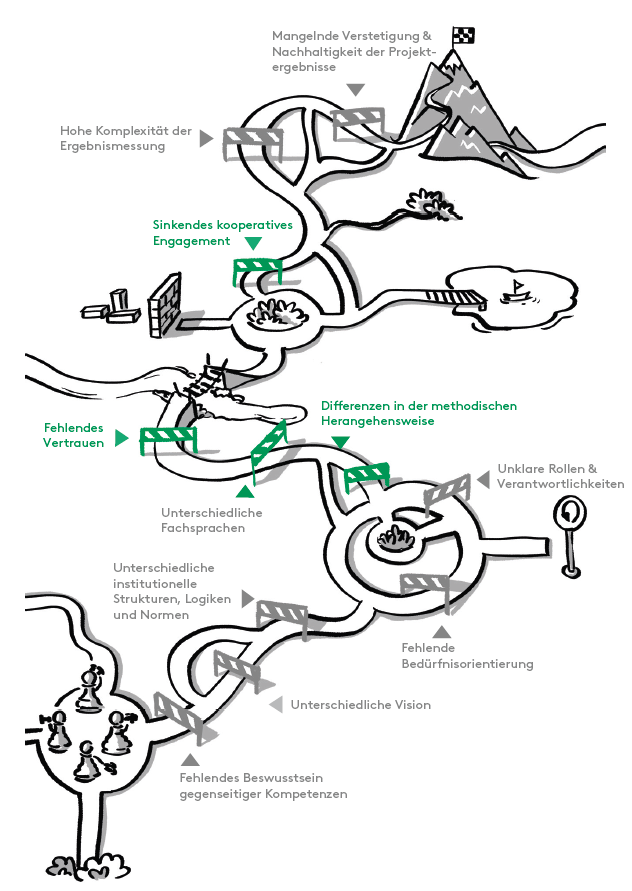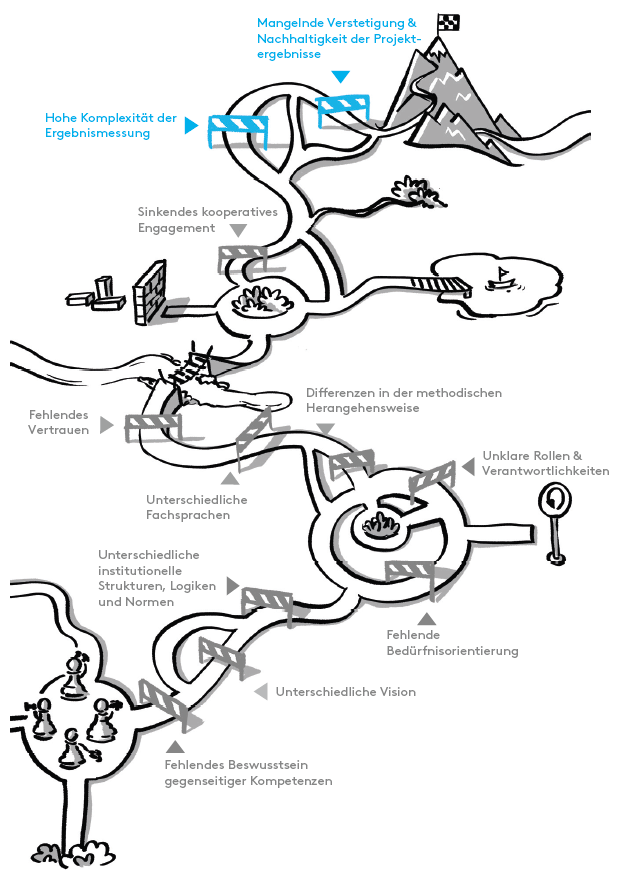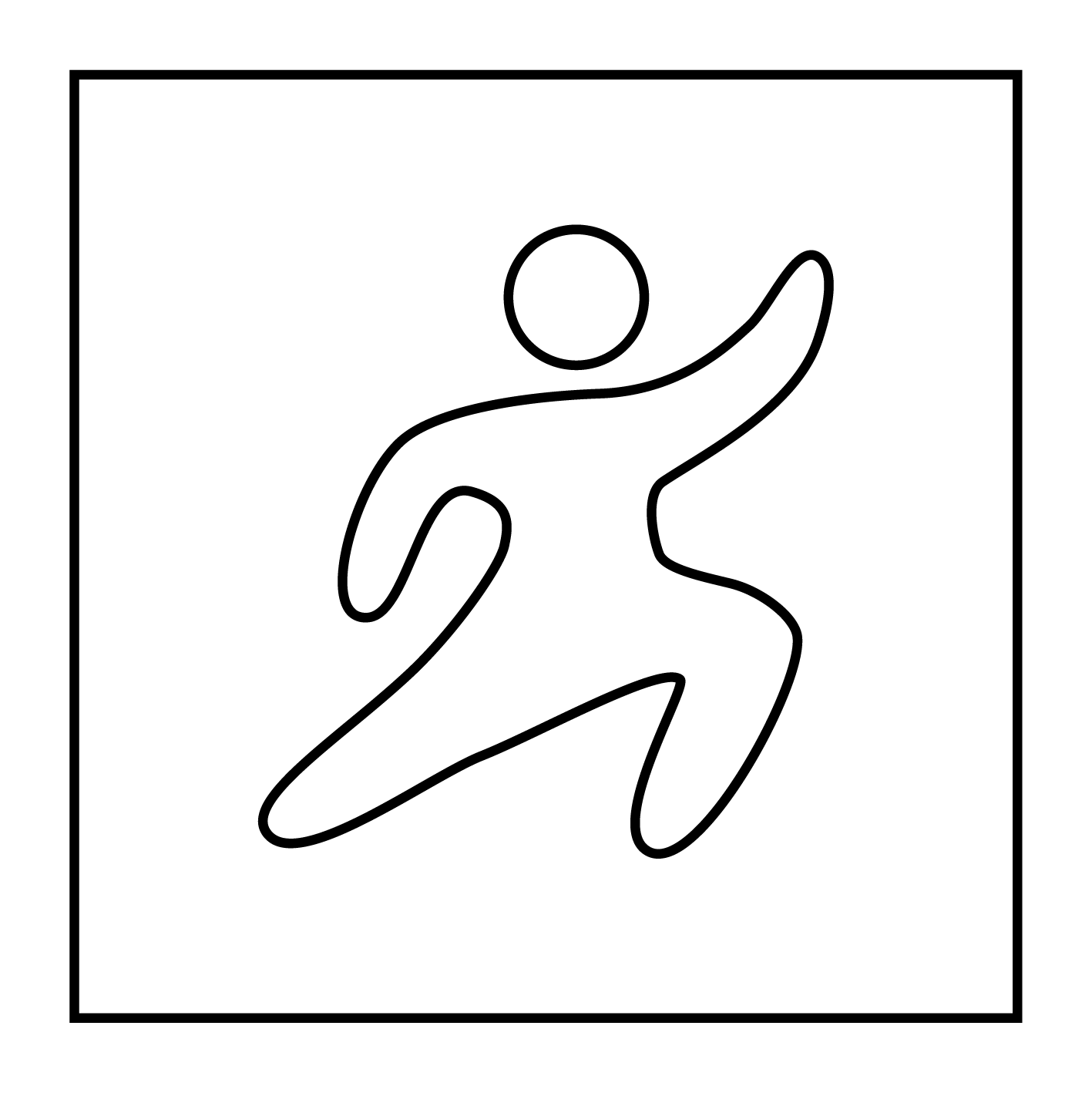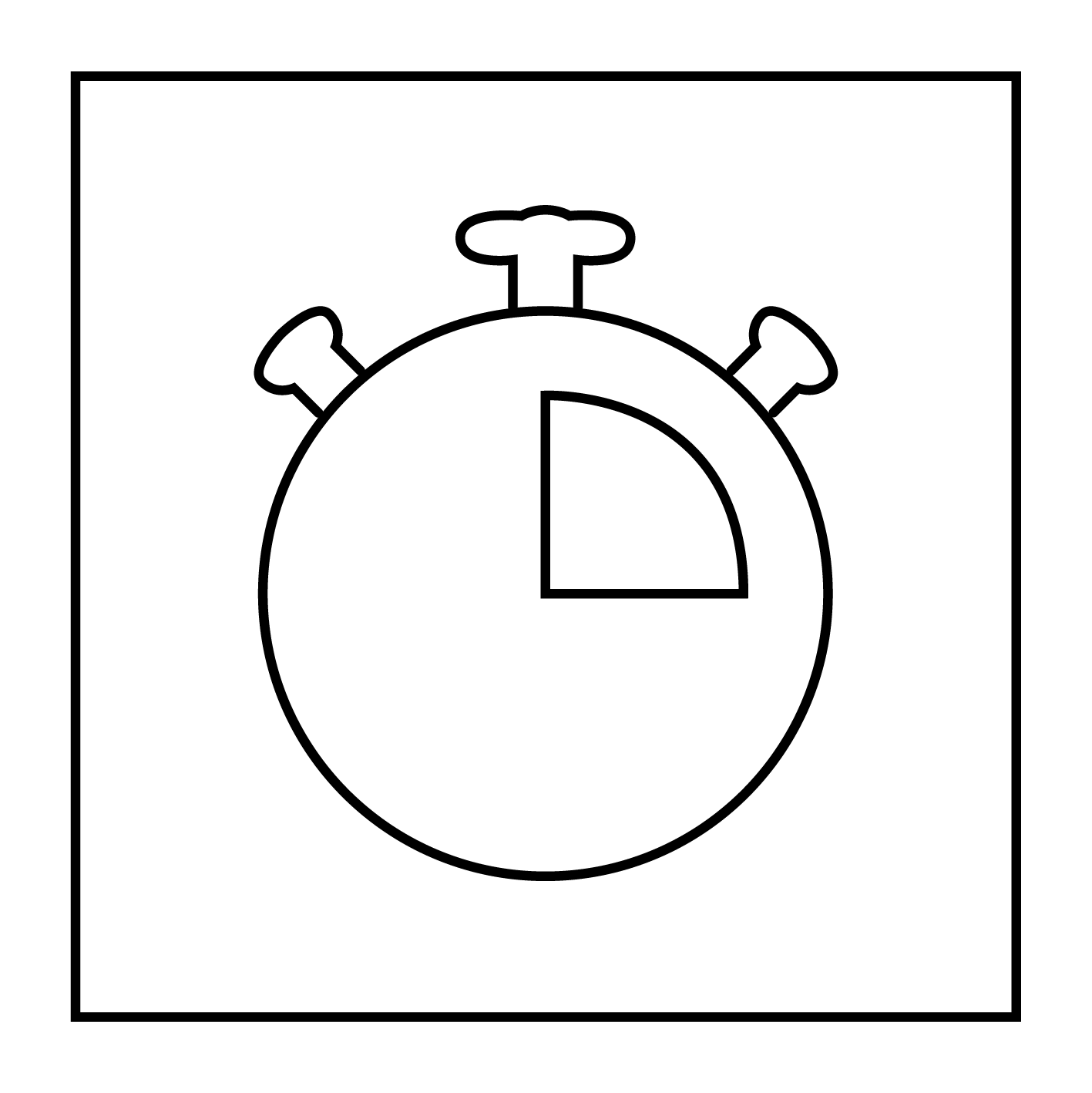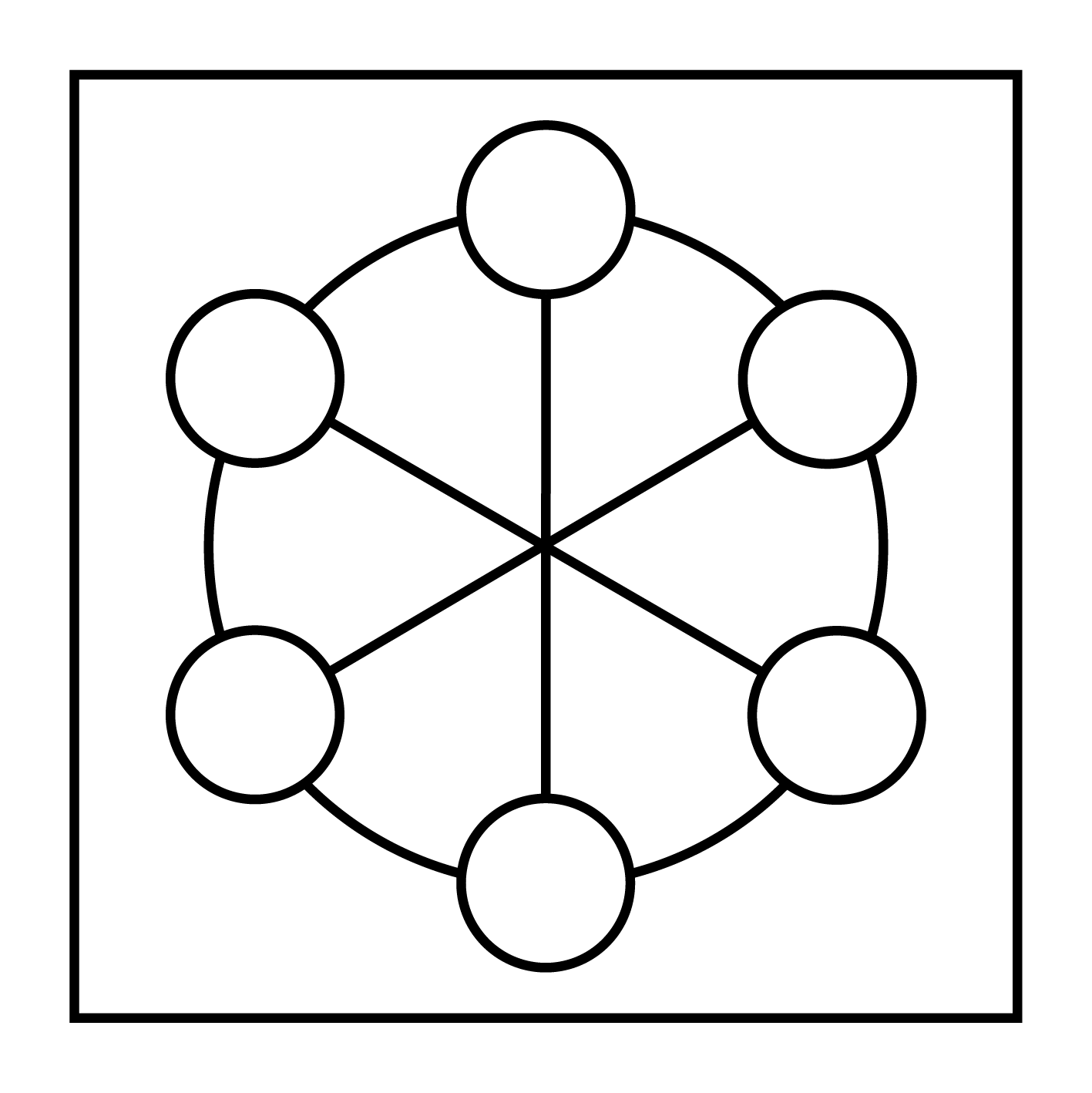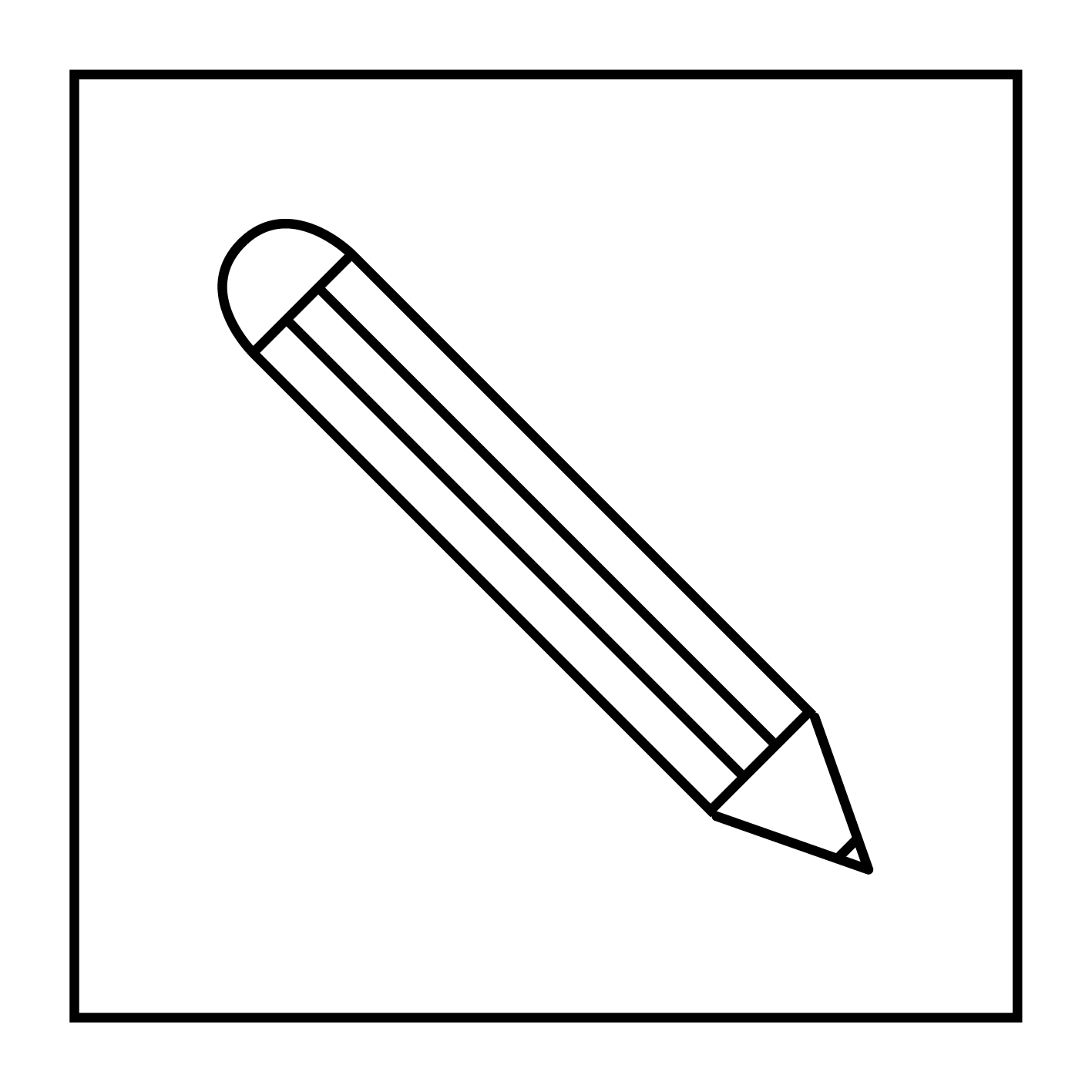Who is the Toolbox aimed at?
The Toolbox addresses stakeholders from science as well as from society of science/society collaborations. Science/society collaborations are considered to be the interaction of several stakeholders from science and society who pursue a common goal that leads to the benefit of all participants. This is the starting point of this toolbox.
What is the theoretical background of the Toolbox?
Who created the toolbox?
How is the toolbox structured?
Following the approach of Lang et al. (2012) of a collaborative process a transdisciplinary cooperation, this toolbox is divided into three project phases: Project Start, Project Implementation, and Project Completion. This process serves as a reference to classify the individual transfer barriers and the corresponding instruments and methods.
Corresponding transfer barriers are assigned to each project phase. It should be noted that the project process does not necessarily have to be linear, instead the phases with the corresponding transfer barriers may occur iteratively. The tools and methods contained in the toolbox were then selected to help overcome a specific transfer barrier.



